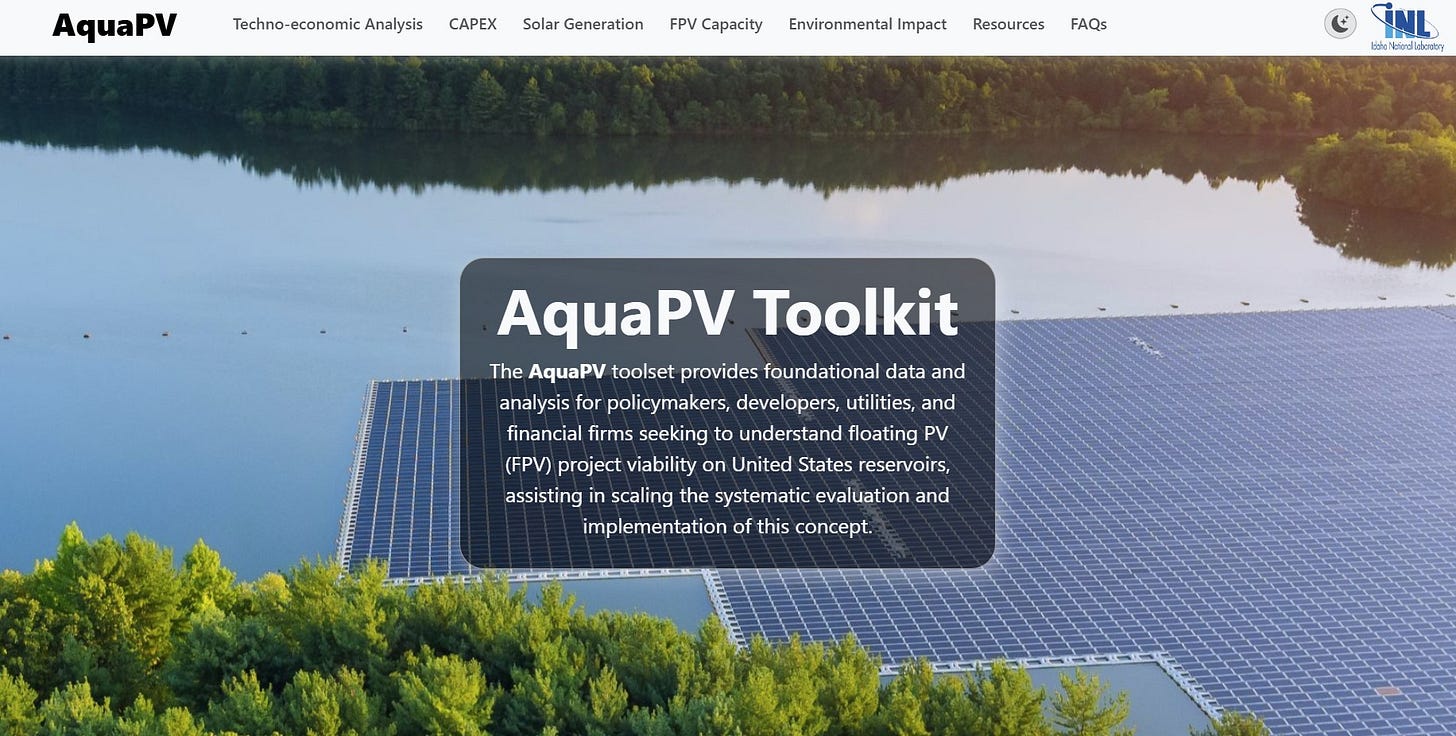There’s incredible potential for floating solar to conserve water and generate clean power across America.
Tell your state leaders to promote floating solar on reservoirs!
Touch or scan the QR code below to take today’s action in the app and earn trees!
Or take action on the Internet – no app required!
Reasons For Hope
After years of work, the Gila River Indian Community has shaded 3,000 feet of irrigation canals on their Arizona reservation with solar panel canopies thanks to Inflation Reduction Act grants. They plan to soon start deploying floating solar as another water-conserving and power-generating win-win!
This community has become pioneers for a technology that’s seeing rapid deployment in Asia, but is still relatively unknown in the U.S. The potential for placing solar panels over American water infrastructure, whether as canopies over irrigation canals or floating with pontoons on reservoirs, is absolutely immense and has only begun to be explored. A recent U.S. Energy Department report calculated that even under the most conservative estimates, federally owned or managed reservoirs alone could host up to 77,000 MW (77 GW) of floating solar panel capacity. That’s enough to power 100 million American homes — a big chunk of the entire grid’s requirements!
Although it’s difficult to precisely quantify, a floating solar build-out would save enormous amounts of water by reducing evaporation. The state of Colorado recently estimated that deploying floating solar on a few reservoirs would save 407,000 acre-feet of water. One acre-foot is the amount of water needed to cover one acre to a depth of one foot, or 325,851 gallons. That’s a heck of a lot of water — and that’s just from one state.
Adding even more benefits, there’s even some new research finding that wild birds can use floating solar as a resting or nesting site!
The DOE has created an in-depth AquaPV toolset, available for free at aquapv.inl.gov, to help policymakers, developers, and anyone else interested understand the floating solar potential of specific reservoirs. The AquaPV website provides in-depth pre-calculated details for 849 reservoirs across the nation, including the estimated developable area, the solar capacity that it could support, and even early technical, economic, and CAPEX analysis for potential floating solar projects on the reservoir.
State leaders should seize this golden opportunity for abundant, clean energy that doubles as an effective water conservation tool and actively advocate for floating solar build-outs.










SUN is never exhausted.